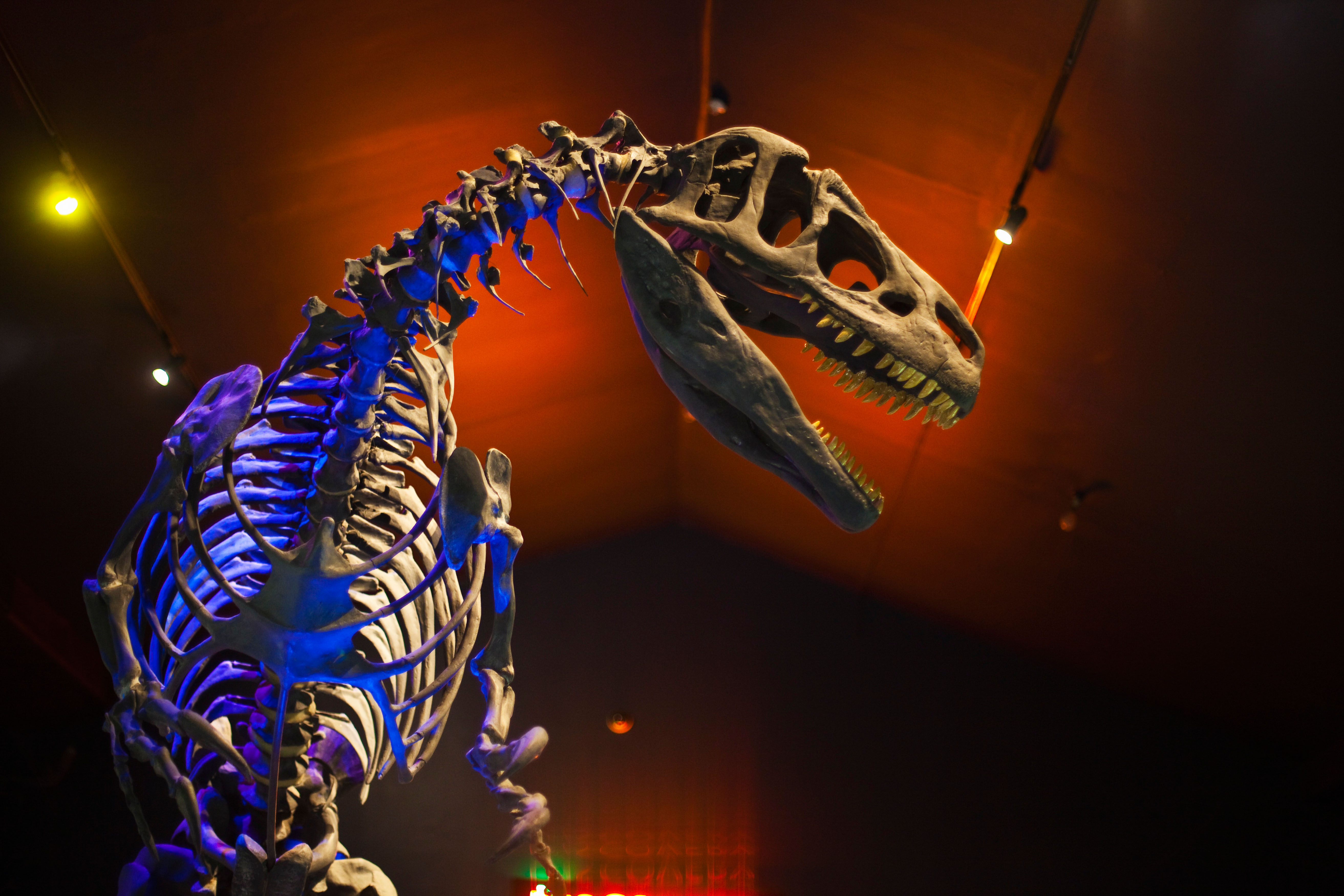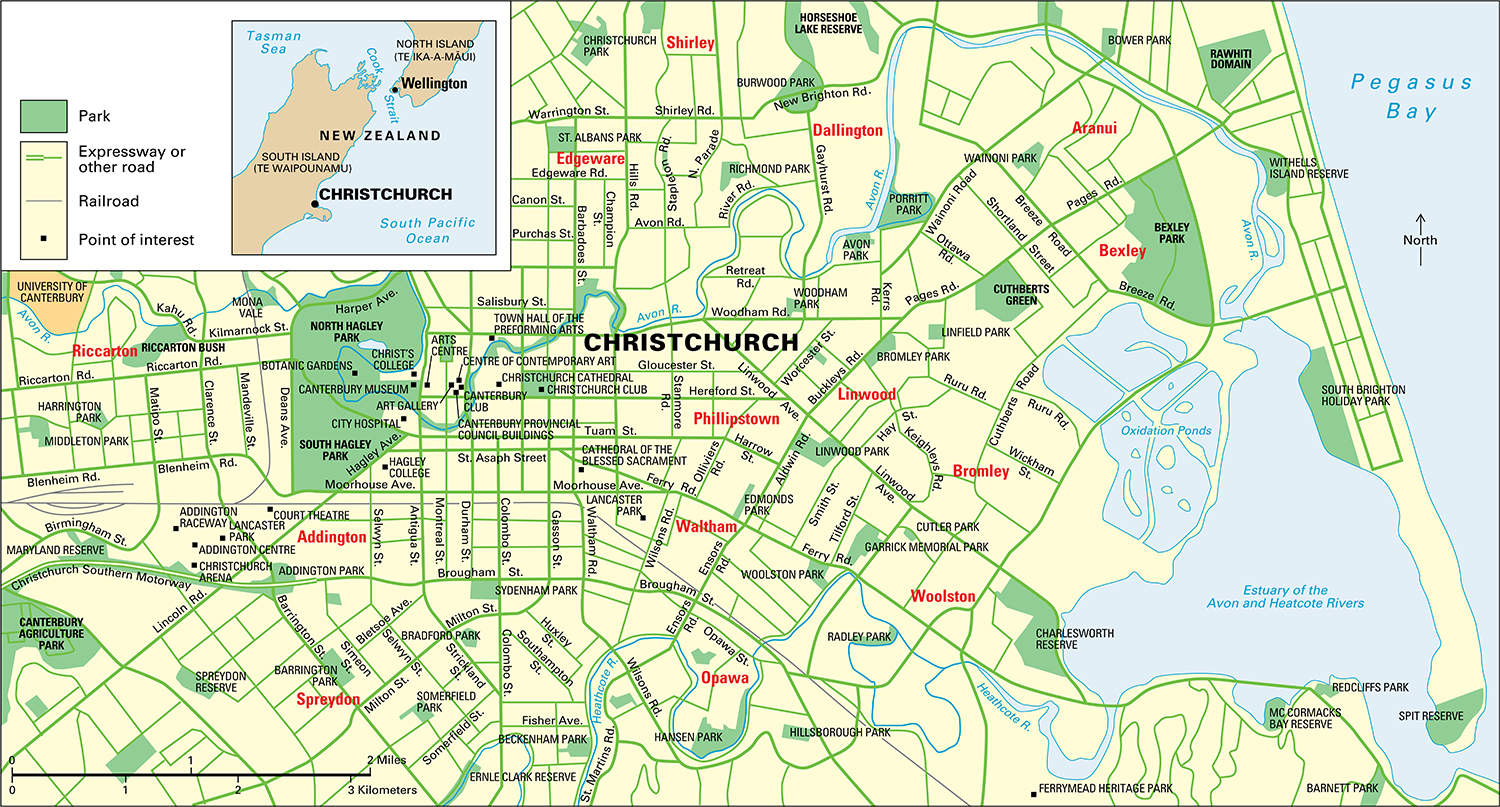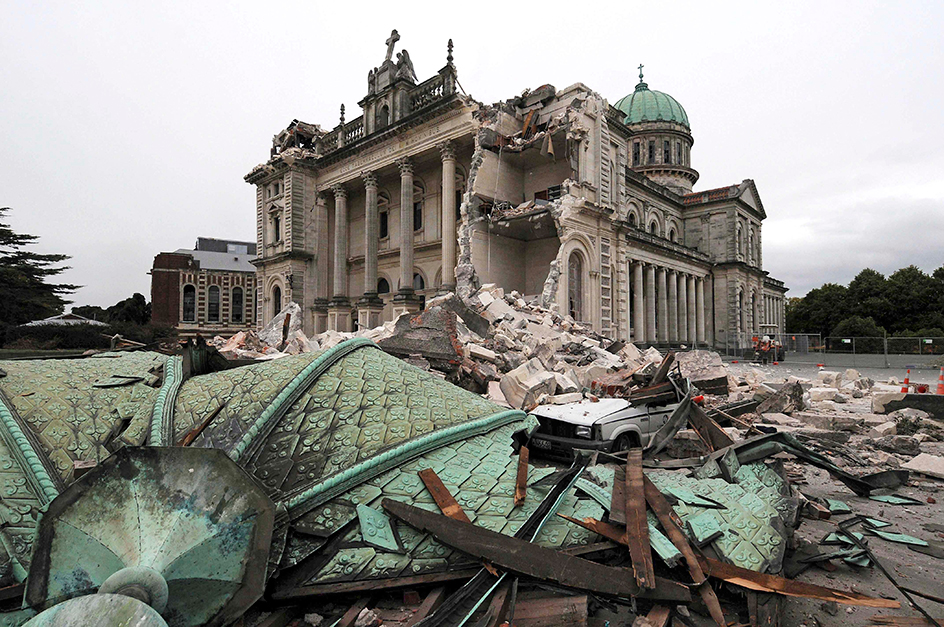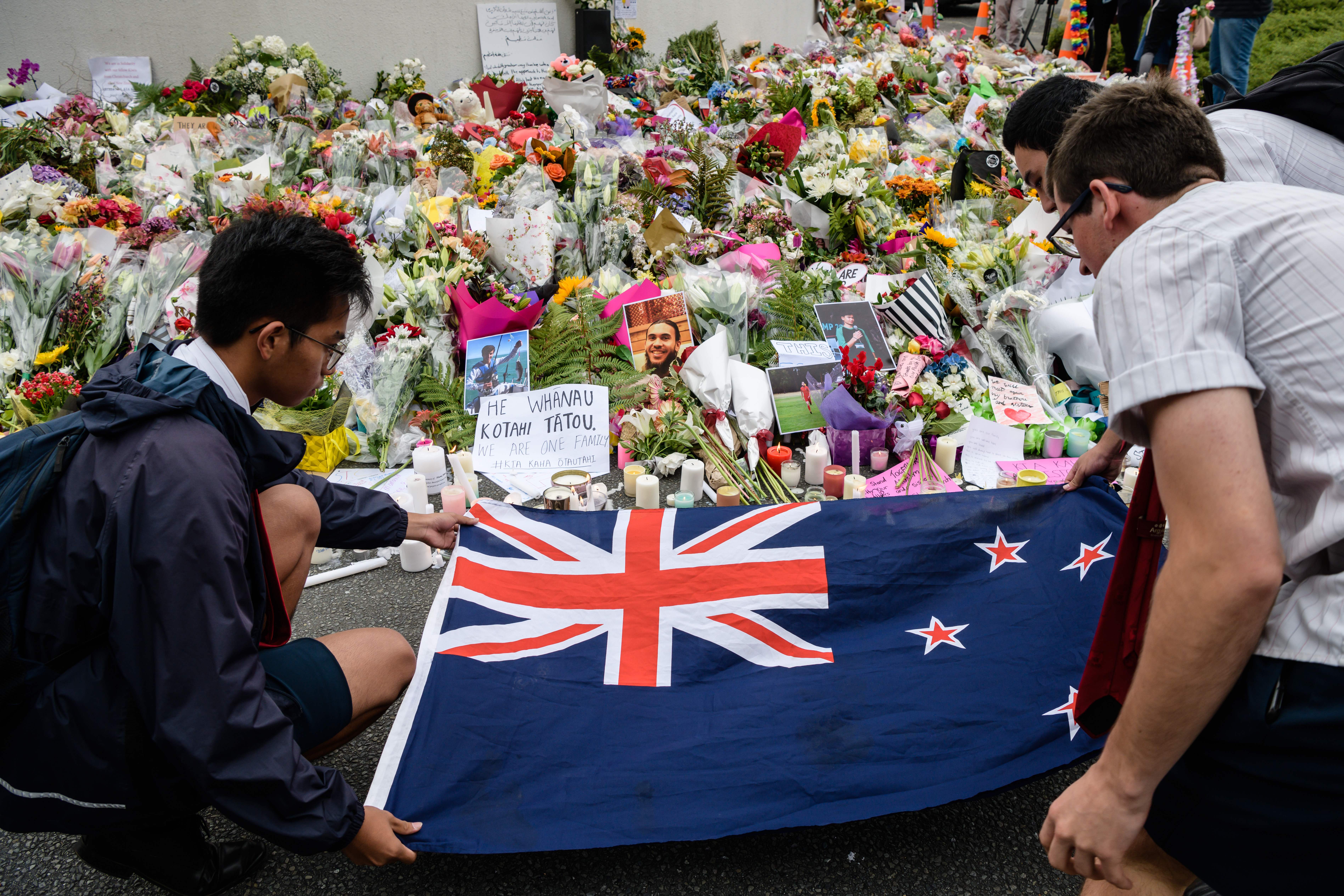Christchurch (pop. 369,006) is the second largest city in New Zealand and the largest city on the South Island. Only Auckland, on the North Island, has more people. Christchurch lies on the east coast of the South Island. It includes and extends north from the Banks Peninsula. The city center is about 4 miles (6.4 kilometers) from the South Pacific Ocean. It is built largely on flat land that was once a swamp. Two narrow, shallow, slow-moving rivers flow through Christchurch. The Avon, with its willow trees and ornamental banks, is one of the attractions of the central city. The Heathcote flows through the southern neighborhoods, known as suburbs. Road and railroad tunnels connect central Christchurch with Lyttelton, the South Island’s chief port.

Education and cultural life.
Christchurch is one of the main cultural centers of New Zealand. It is home to the University of Canterbury, which has colleges of arts, business, education, engineering, health, law, and science. The city’s most important architectural feature is the neo-Gothic Anglican cathedral, in Cathedral Square, with its striking 206-foot (63-meter) spire. The Roman Catholic Cathedral of the Blessed Sacrament is built in the Classical style. Both cathedrals were badly damaged in a 2011 earthquake. The Canterbury Provincial Council Buildings, the Christchurch and Canterbury clubs, and the Christchurch Arts Centre are some other examples of fine architecture. Modern buildings include the Town Hall complex and the central library building of the Christchurch City Libraries. Christchurch is known as the “Garden City.” Its Botanic Gardens, on the west side of the central city, date back to 1863.

Government.
In 2005, a majority of voters in the Banks Peninsula District approved a proposal to dissolve the district and make it part of Christchurch City. The Banks Peninsula District Council and the Christchurch City Council merged in March 2006.
Today, a mayor and a 16-member city council govern Christchurch. Council members represent both central Christchurch and the Banks Peninsula. The people elect the mayor and council members for 3-year terms. Seven community boards represent the interests of local communities. These boards review the local services provided by the city council.

Economy.
Christchurch is a major industrial center. Products made in Christchurch include chemicals, electrical and electronic goods, machinery, meat and other food products, plastics, and wool. Many people work in service industries, including business, education, health, and sales. Tourism is another important economic activity.
Transportation and communication.
An international airport operates at Harewood, 5 1/2 miles (9 kilometers) west of Christchurch. Major roads and railroads connect the city with surrounding areas, and buses provide local transportation. A restored tram (streetcar) links a number of shopping areas and historic buildings in the central city. Because most of Christchurch is flat, bicycles are a popular means of transportation. The city has one major daily newspaper, The Press.
History.
In 1827, William Wiseman, captain of the British whaling ship Elizabeth, visited what is now Lyttelton Harbour. Ten years later, in 1837, a German-born whaling captain named George Hempleman and his wife established the first permanent on-shore whaling station at Peraki Bay. William Barnard Rhodes, a British trader and whaling captain, landed cattle on the South Island in 1839. He and his brothers established the first cattle farm on the South Island, at Purau.
In the early 1840’s, two Scottish brothers named John and William Deans arrived from Australia to establish a farm at Riccarton, a suburb in present-day Christchurch. The Deans established the first successful sheep farm on the South Island. They provided dairy products, meat, and vegetables for the British settlers who founded Christchurch in 1850.
The Canterbury Association, an Anglican church group in the United Kingdom, founded Christchurch in 1850. The association recruited settlers with the goal of establishing, in New Zealand, a traditional English community made up of Anglican Church members. John Robert Godley, the resident chief agent for the association, named Christchurch after his Oxford University college, Christ Church. Godley visited the proposed settlement site in April 1850. The first group of settlers landed the following December. Christchurch soon developed into an important market town, as sheep raising spread through the surrounding Canterbury Plains.
New Zealand became fully independent in 1947. The Christchurch area relied heavily on sheep and dairy products for many years, but the region’s economy became more diverse as the city grew.
In 2010, Christchurch became the center of severe earthquake activity. That September, a 7.1-magnitude earthquake struck the city, causing widespread damage but no direct fatalities. Thousands of aftershocks affected the region in the months following the quake. In February 2011, a 6.3-magnitude earthquake shook the city, causing additional damage and killing more than 180 people. More aftershocks followed. Over the following years, the city undertook the process of rebuilding. 
On March 15, 2019, a gunman attacked two Christchurch mosques (see Christchurch mosque shootings of 2019). The shooter killed 51 people and injured dozens more before being detained by police. It was the deadliest terrorist attack in New Zealand’s history. Less than a month after the attack, New Zealand’s Parliament approved laws banning the ownership of most automatic and semiautomatic weapons. In March 2020, the gunman pleaded guilty and was convicted of 51 counts of murder, 40 counts of attempted murder, and 1 charge of terrorism. The following August, he was sentenced to life in prison with no chance of parole, the maximum penalty under New Zealand law. 
